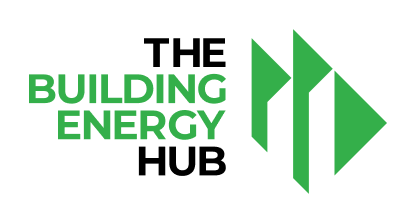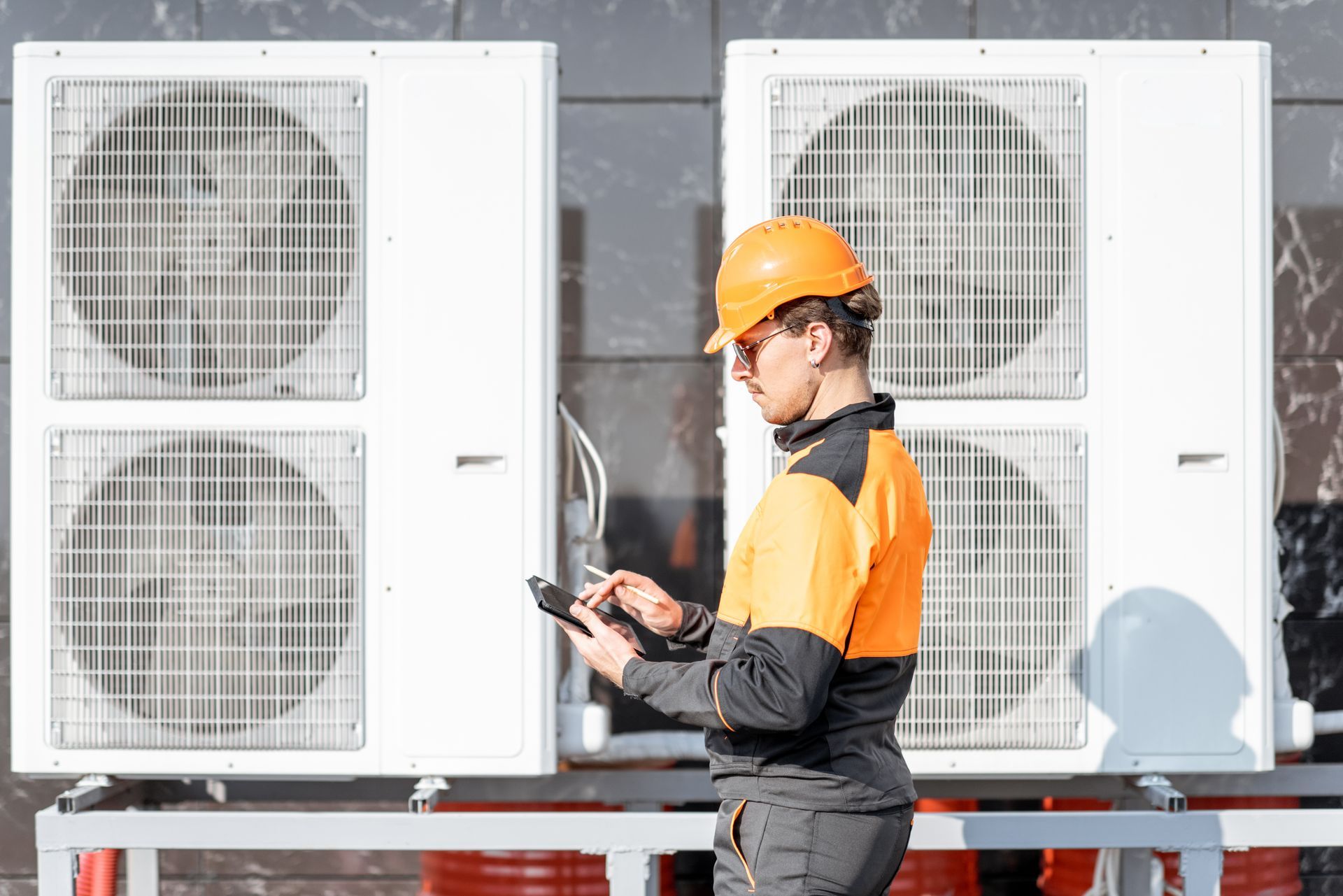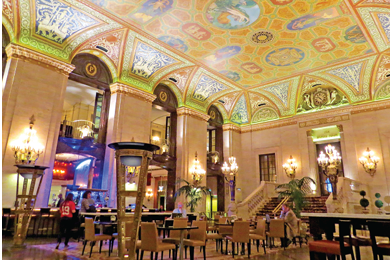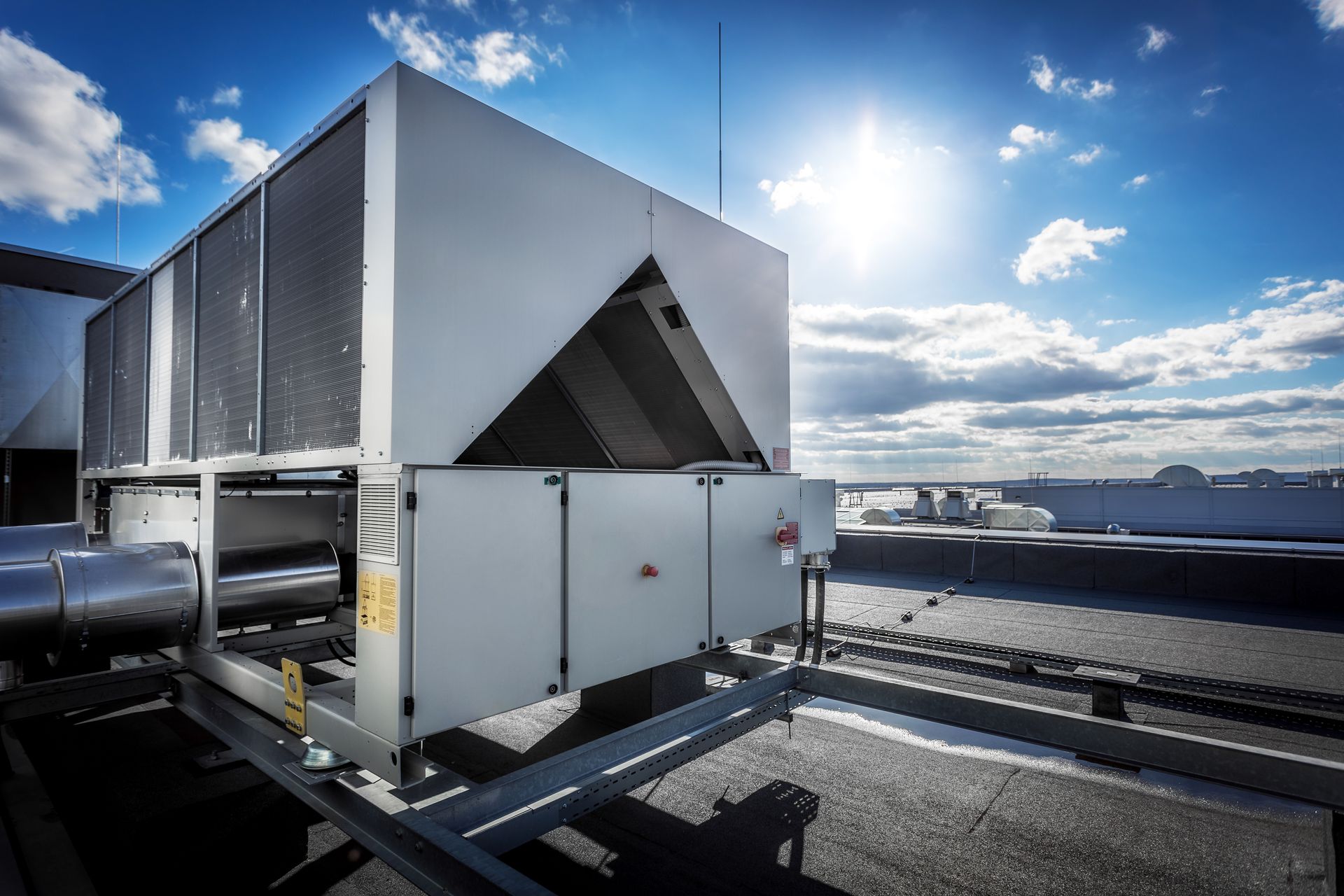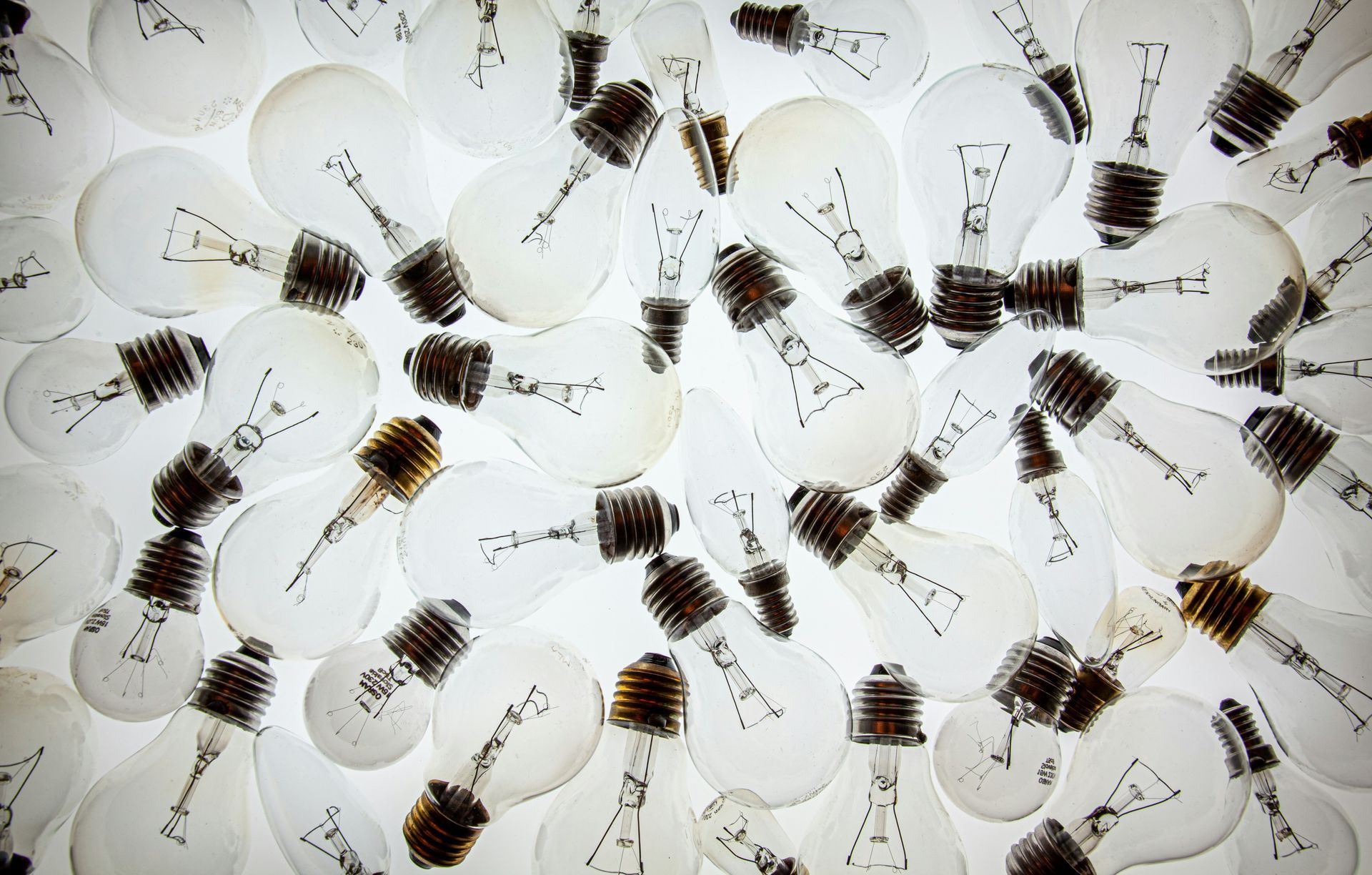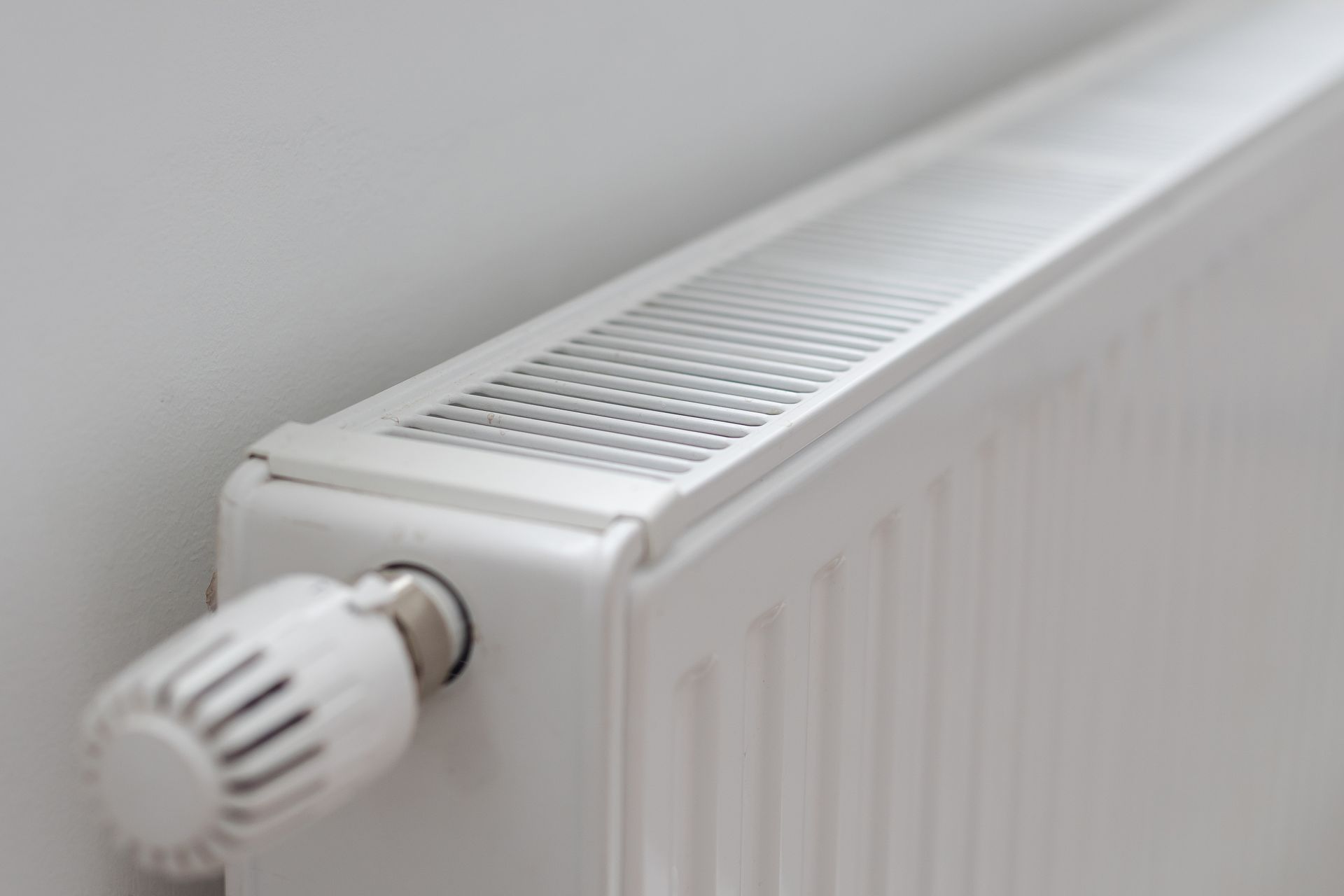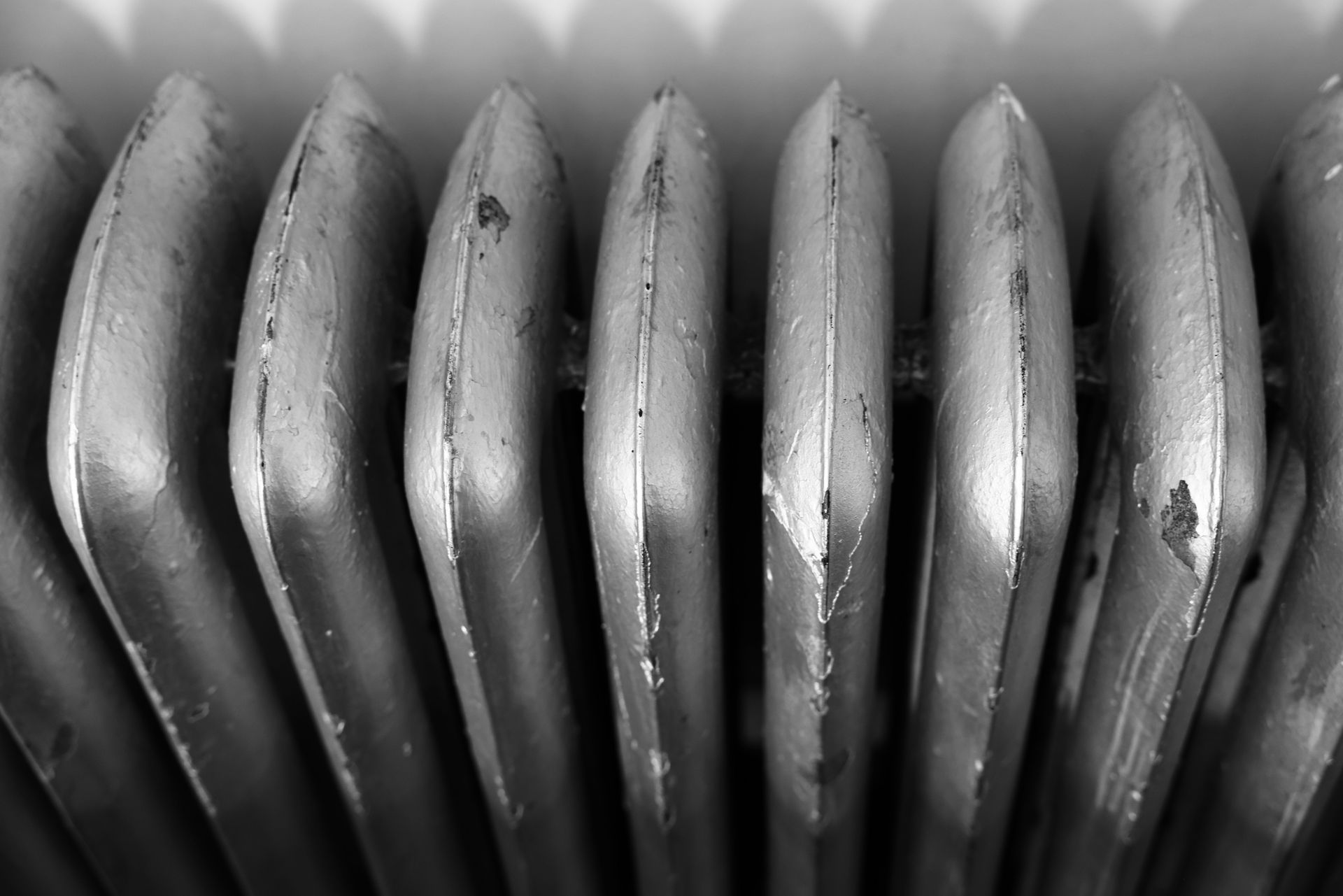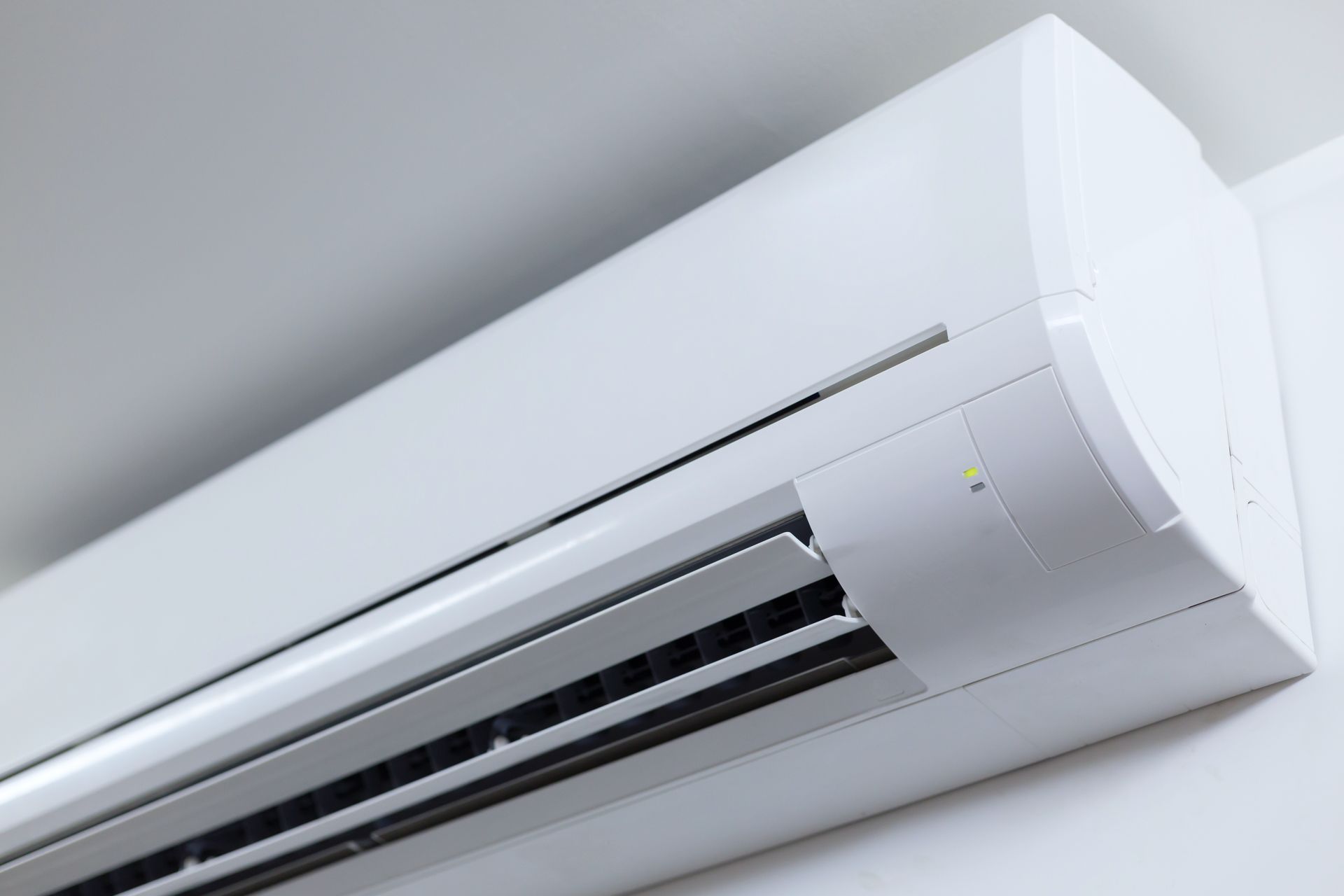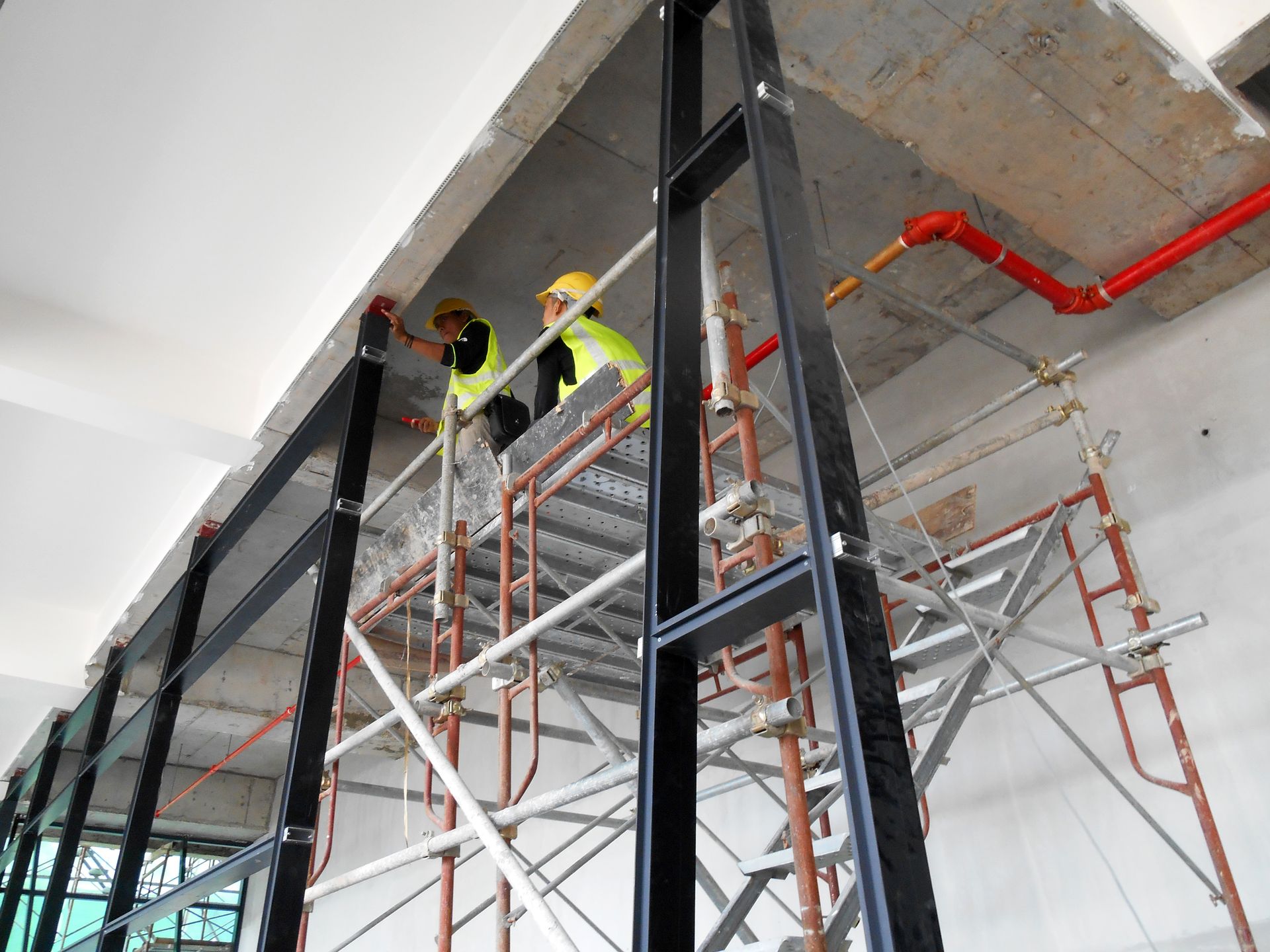Technology Primers
Overview
These Technology Primers are intended to introduce an array of audiences to high-performance technology in buildings. These solutions can help cut energy costs and improve comfort in your building.
The Tech Primers are meant to serve as building blocks to understand how different high performance technology works and its path to implementation.
The Tech Primers were developed in partnership with the Building Energy Exchange.
